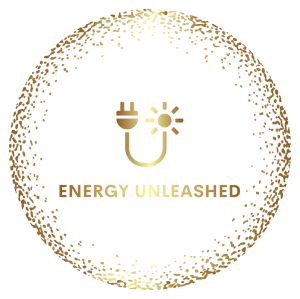Frequently Asked Questions
Frequently Asked Questions
We’re here to help
Please contact us if you cannot find an answer to your question.
Yes! The Denver National Renewable Energy Lab (NREL) experienced a massive hailstorm in May of 2017 where golf ball and softball-sized hail went up against their 3200-module system with a loss rate of only.03% (one module). For more information, click here.
There are many options for purchasing a solar system. However, our most popular options are long-term low-interest rate financing plans that can eliminate your current electric bill and redirect a smaller portion to the fixed investment of renewable energy with solar.
While we hope that renewable energy is an option for as many people as possible, our renewable energy experts go through a comprehensive proposal process to evaluate your home for solar possibilities. We will let you know if your situation doesn’t fit.
By becoming the owner of your power generation facility, your home will not only sell faster but for significantly more as well when the time comes. For more information, click here.
Federal tax credits of 30% of the cost of the system are available through 2032. It will decrease to 26% for systems installed in 2033 and to 22% for systems installed in 2034. The tax credit expires starting in 2035 unless Congress renews it. Read more here.
A tax credit is a reduction in the amount of income tax you owe at the end of the year. For example, claiming a $1,000 federal tax credit reduces your tax bill by $1,000.
The federal residential solar energy credit can be claimed on your federal income taxes for a percentage of the cost of a solar photovoltaic (PV) system. The system must generate electricity for a home located in the United States and be placed in service during the tax year you will claim it. This generally means when the installation was completed. There is no maximum amount for this tax deduction.
If the roof is owned or maintained by your homeowner’s association, you will need the HOA’s approval to install solar panels.
Net metering is a program that allows customers of electric utilities, such as Colorado Springs Utilities, to get credit for unused solar generation on the grid until a time when their home’s energy usage is more significant than their solar production. This allows net daytime generation to be used at night, and net summer excess to be used during the winter months.
Yes! When you install a solar system in your home, you not only save money on your current electricity bills, but you also protect yourself against the rising cost of electricity in the future.
Photovoltaic (PV) panels absorb the sun’s rays and convert them into DC power. This electricity is then run through an inverter, which changes it into the AC current used in most homes. The electricity is then stored in a battery or utilized in your home, and the excess is then sent to the power grid.
Without sunlight, your PV (Photovoltaic) panels cannot produce electricity. In the case of snow, it slides off after a while as your panels are flat black on black and tilted. When the sun isn’t shining, no electricity will be generated. This isn’t a big problem in Colorado, as we typically get 300 days of sunshine each year.
Your Photovoltaic (PV) modules come standard with a 25-30 year manufacturer production guarantee. For example, the 400w Q.PEAK DUO BLK ML-G10+ module is guaranteed to produce a minimum of 86% of what it did on day one at the end of the 25th year. Beginning year 26 your PV modules will continue producing while following a similar linear degradation pattern as they did before just without a guarantee. Ask about our 25 year warranty!
How Can We help?
We strive to be in constant communication with our customers until the job is done. Call us for any questions about converting your home or business to solar energy. We look forward to serving you!
